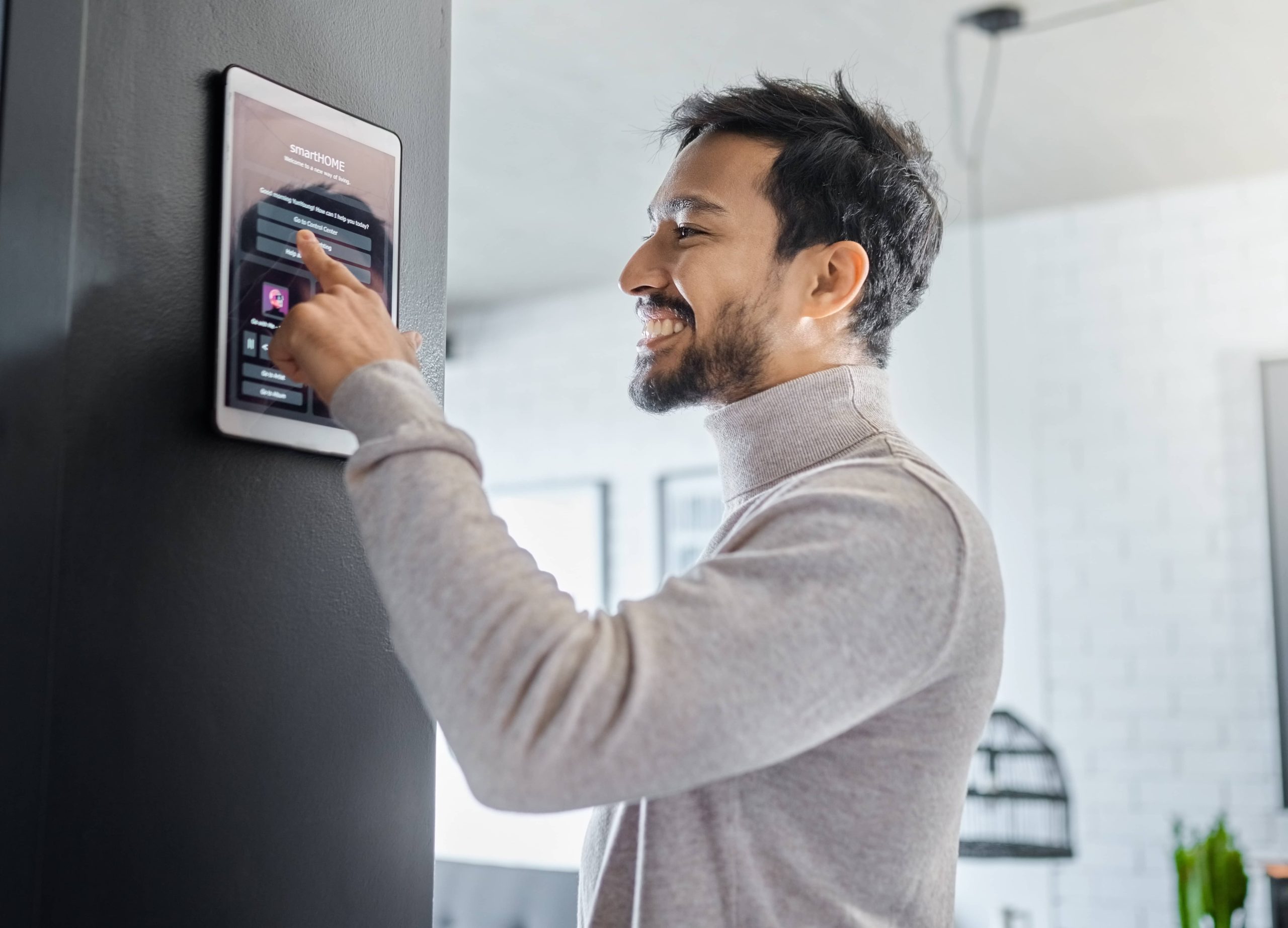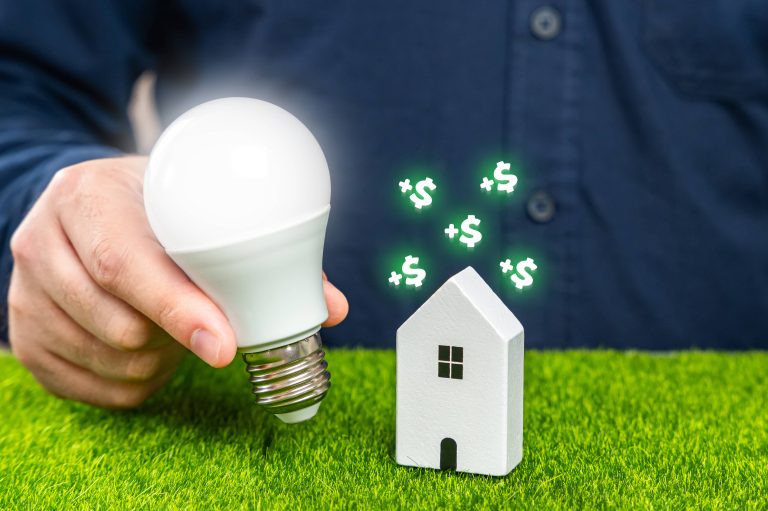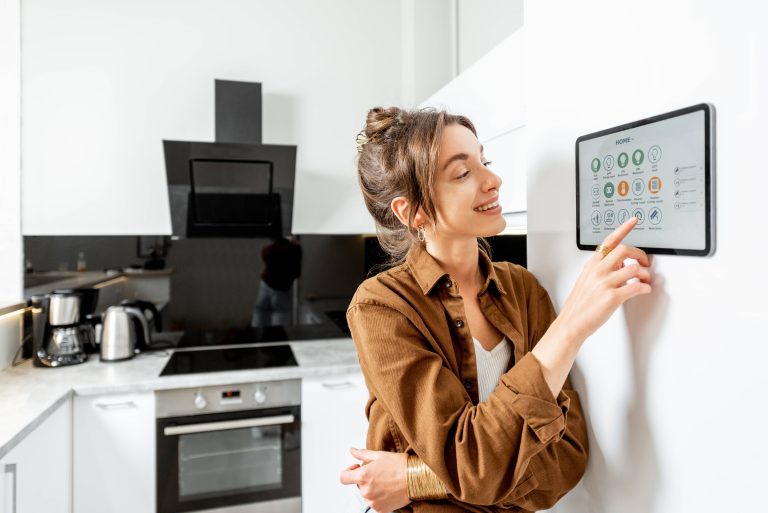
Embracing smart home technology doesn’t mean you need to buy new appliances or spend a fortune. It’s possible to enhance your home’s smart capabilities without major replacements. By selectively upgrading and integrating new technologies into your existing setup, you can enjoy the benefits of a modern smart home seamlessly and economically. Here are some steps to help you upgrade your home’s smart features without major replacements:
Evaluate Current Smart Technology
Before making any upgrades, take stock of the smart devices currently in your home. Identify the devices and systems you have, such as:
– Smart Lighting: Bulbs, switches, and dimmers
– Smart Thermostats: Brands like Nest, Ecobee, or Honeywell
– Smart Security: Cameras, doorbells, and locks
– Voice Assistants: Amazon Alexa, Google Home, or Apple HomePod
– Smart Plugs and Outlets
Understanding what you have will help determine what’s outdated or lacking and where updates could be beneficial.
Upgrade with Retrofits
One of the easiest ways to enhance your smart home without replacing major components is by using retrofit devices. These allow you to add smart features to regular appliances and systems. Some examples include:
– Smart Light Switches and Dimmers: Rather than replacing all your bulbs with smart ones, smart switches can control existing lights.
– Plug-in Smart Modules: These can turn any appliance into a smart device, such as smart plugs for lamps or slow cookers.
– Temperature Sensors: Used in conjunction with smart thermostats, they can provide precise climate control by room.
– Smart Locks and Doorbell Upgrades: These can enhance security without replacing the entire door, for example, by adding a smart lock system to your existing deadbolt.
Leverage Your Voice Assistants
Upgrading your home’s smart features can be significantly enhanced using voice assistants. If you already have an Amazon Alexa, Google Assistant, or Apple HomePod, consider enhancing their integration:
– Add Voice-Controlled Devices: Use voice commands to control more aspects of your home. For instance, upgrading to a smart speaker with a hub can centralize control.
– Set Up Routines and Automations: Create automation patterns that simplify everyday tasks. For example, setting a bedtime routine that turns off lights, locks doors, and adjusts the thermostat.
– Expand Skills and Actions: Utilize the various skills and services available to your voice assistant to further integrate with your existing products.
Utilize Smart Sensors
Smart sensors are a cost-effective way to make your home more intelligent without significant replacements. Consider the following types of sensors:
– Motion Sensors: These can be used with lighting systems to activate lights upon detecting movement.
– Contact Sensors for Doors and Windows: Adding these to existing frames can alert you if an entry point is opened, enhancing home security.
– Water Leak Detectors: These can prevent damage by detecting leaks early. They work alongside smart water shutoff valves to protect your home.
– Environmental Sensors: Monitoring humidity, air quality, and temperature can improve comfort and safety.
Integrate Smart Entertainment
Consider upgrading your entertainment system with smart features for a more immersive experience without replacing everything:
– Streaming Devices: Devices like Roku, Apple TV, and Amazon Fire Stick can turn any TV into a smart TV.
– Voice-Controlled Audio Systems: Smart speakers such as Sonos or Bose integrate with voice assistants and create multi-room audio setups.
– Universal Remotes: Smart remotes like the Logitech Harmony can control multiple devices, streamlining your entertainment center.
Enhance Connectivity
A strong and reliable network is crucial for a smart home. Upgrading your connectivity can significantly improve the performance and reliability of your devices:
– Mesh Wi-Fi Systems: This provides better coverage and eliminates dead spots, ensuring all smart devices remain connected.
– Upgrade Your Router: A modern router that supports the latest technology (Wi-Fi 6, for instance) can handle more devices efficiently.
– Powerline Adapters: These can extend your network using your home’s existing electrical wiring, ensuring stable connections in hard-to-reach places.
Update Software and Firmware
Upgrading existing devices might not always mean buying new add-ons; sometimes, a software update can enhance functionality:
– Regularly Check for Updates: Ensure all smart devices have the latest firmware for improved performance and security.
– Explore New Features: Manufacturers often add new features through updates, so keep an eye on release notes.
– Optimize Device Settings: Tweaking settings for efficiency and security can make a significant difference. Make sure configurations align with your needs.
Utilize Smart Home Platforms
Utilizing smart home platforms can effectively integrate multiple devices, reducing the need for new purchases:
– Smart Home Hubs: Devices like SmartThings or Hubitat can connect different smart devices, allowing them to communicate and work together.
– Integrate with IFTTT: The “If This Then That” (IFTTT) service can create customized actions between various devices, enhancing the overall ecosystem.
Consider Energy Management
Upgrade your home’s smart features while promoting energy efficiency. This can save you money in the long run:
– Smart Meters: Monitor and optimize energy usage.
– Smart Thermostat Enhancements: Use additional sensors and advanced scheduling for better climate control.
– Energy-Monitoring Smart Plugs: Know exactly how much power each device uses and adjust usage patterns accordingly.
Conclusion
Upgrading your home’s smart features doesn’t necessarily mean major replacements or high expenses. By leveraging retrofits, enhancing connectivity, utilizing voice assistants, and maintaining regular updates, you can significantly enhance your smart home’s functionality economically. Small steps can make a big difference, making your home smarter, more efficient, and more enjoyable to live in. With careful planning and strategic upgrades, you’ll stay at the forefront of smart home innovations without the hassle or significant expense of large-scale replacements.







